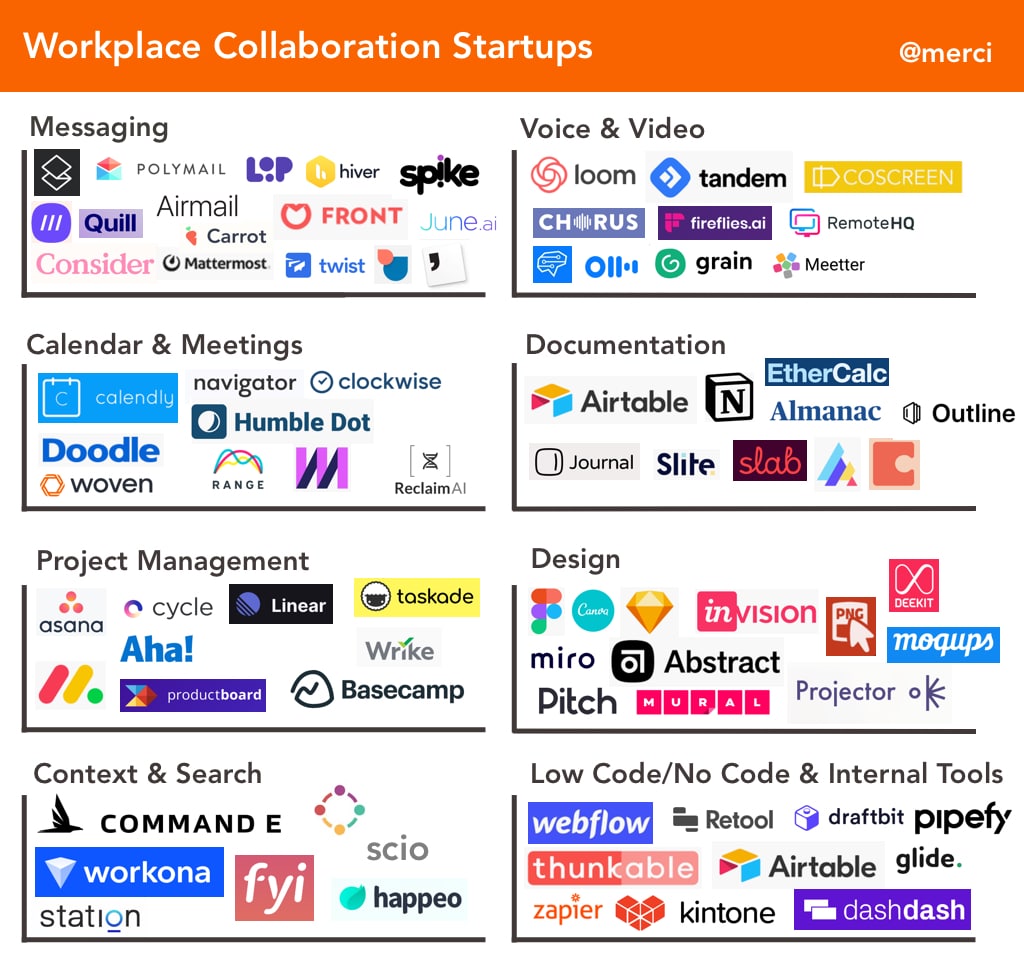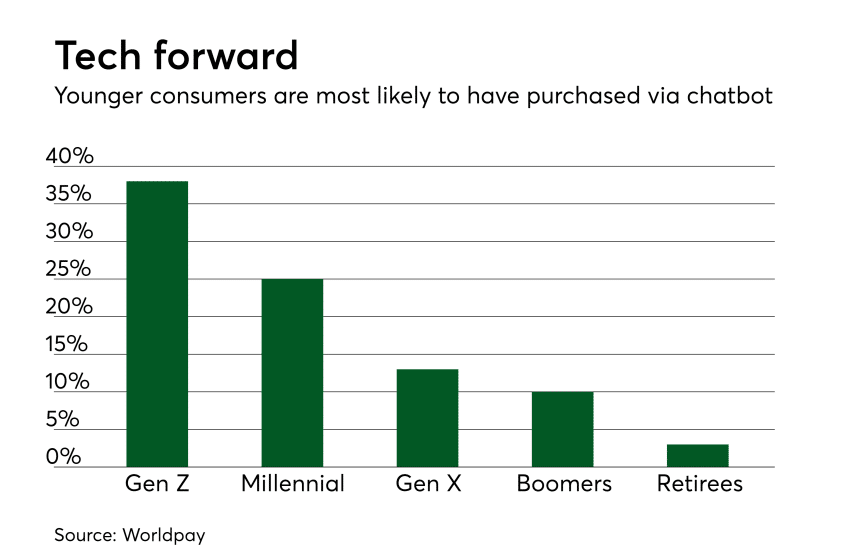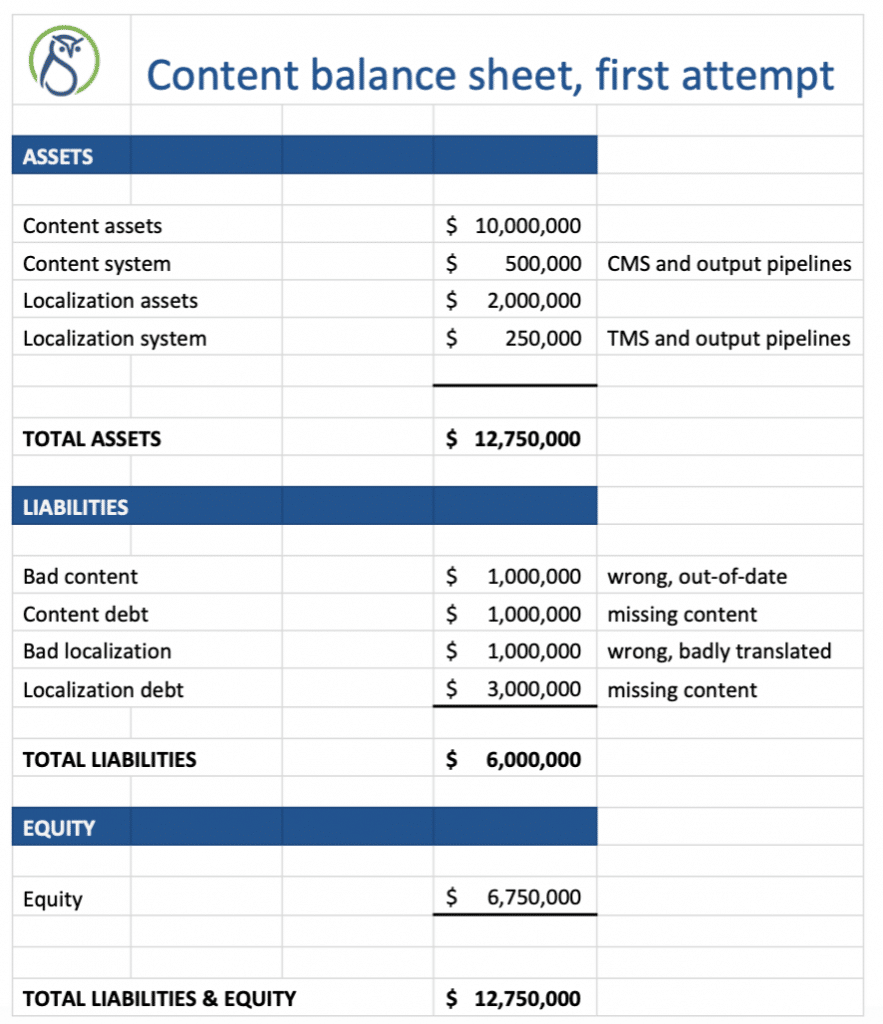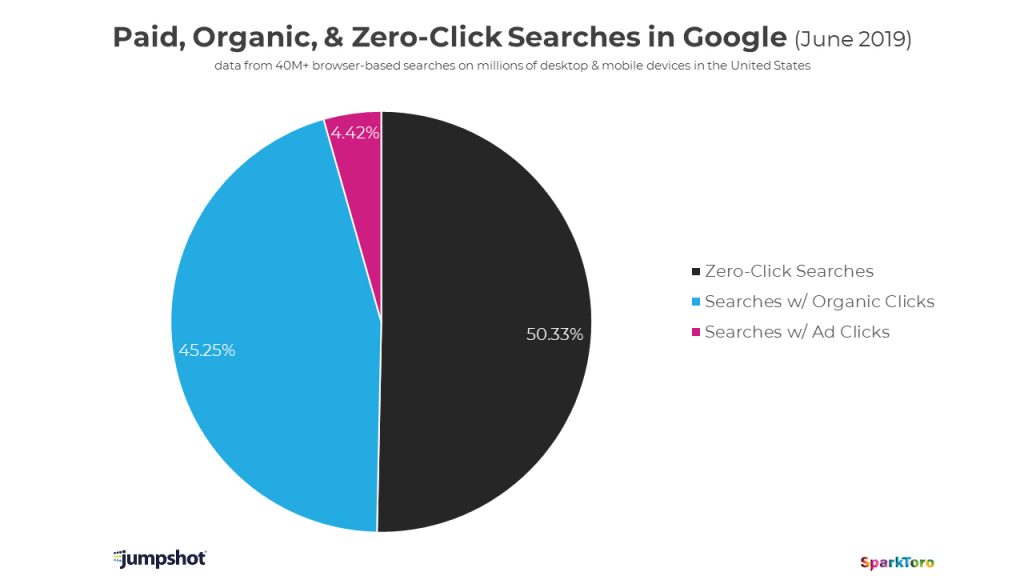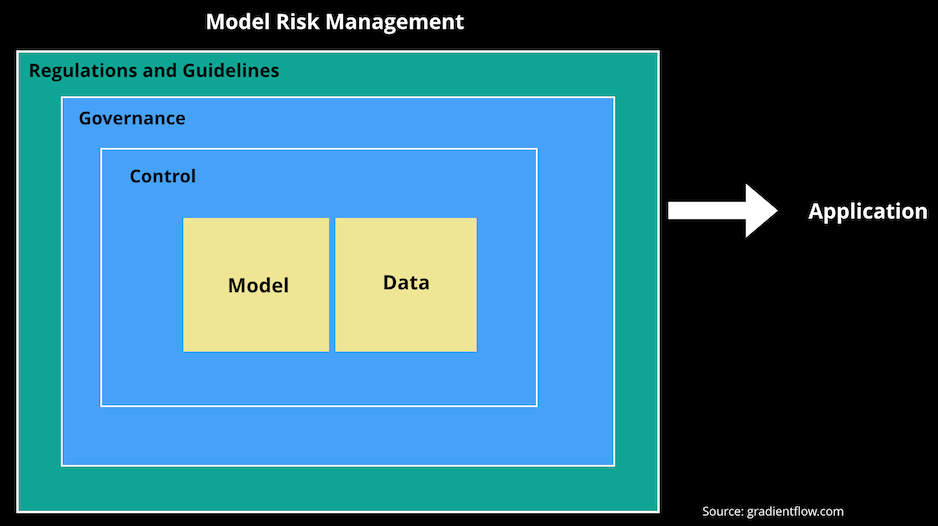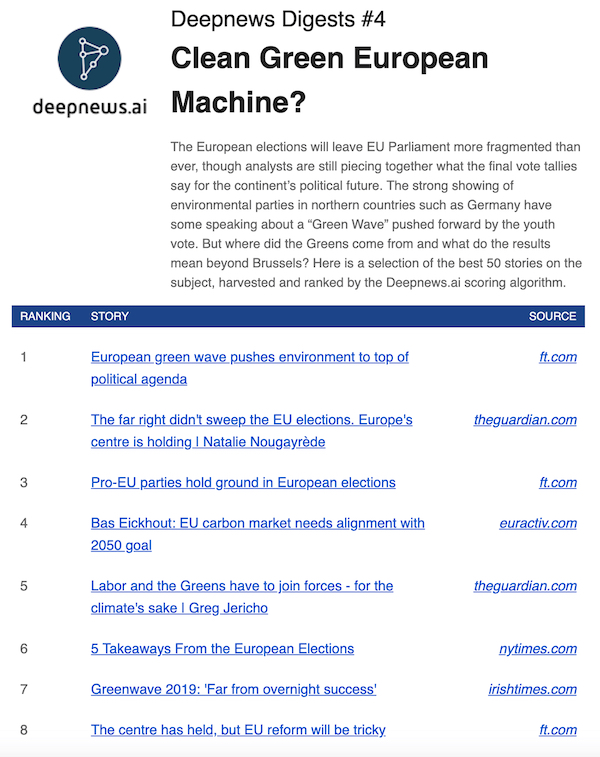Mapping workplace collaboration startups
Merci Victoria Grace provides a very useful breakdown of the current workplace collaboration space. As an investor her interest is in opportunities, but her insights also inform enterprise strategists and buyers considering not just products, but use cases. Read More
Apple’s ‘Finger Devices’: wearable computing’s next big thing?
CB Insights reports on a new patent application from Apple. While “next big thing” is bit over-enthusiastic, they are right that it has potential as a core component of Apple’s coming wearable computing ecosystem.
While other patents have explored the use of fingers and virtual interfaces and feedback systems, this patent appears the first to contemplate the finger as the seat of a full-fledged computing device — containing a full battery of sensors, input and output systems, and the capacity to interact with other devices in different categories. Read More
Lumping and Splitting in Taxonomy
Taxonomies are often avoided because they are complex and require nurturing. Michael Andrews on why they are a necessary information technology…
Classification is the bedrock of algorithms: they drive automated decisions. Yet taxonomies are human designed. Taxonomies lack the superficial impartiality of machine-oriented linked data or machine learning classification. But taxonomies are useful because of their perceived limitations. They require human attention and human judgment. That helps make data more explainable. Read More
As Google Chrome crumbles the third-party cookie, what’s next for adtech?
Aside from the obvious boost for first-party data – where the legit value has always been – there are a number of questions on how and when this will all play out. The Drum collects some thoughts from adtec insiders. Read More
Also…
- Accuracy is between 59-79%, not 90%… AI still doesn’t have the common sense to understand human language via MIT Technology Review
- And why?… Deep learning, Kant, and Locke… GPT-2 and the Nature of Intelligence via The Gradient
- Benedict Evans’ annual presentation on tech industry macro trends Tech in 2020 via Benedict Evans
- The W3C Web of Things (WoT) Working Group wants comments on their efforts to enable interoperability across IoT platforms and application domains. via W3C
The Gilbane Advisor curates content for content technology, computing, and digital experience professionals. We focus on strategic technologies. We publish more or less twice a month except for August and December. We do not sell or share personal data.
